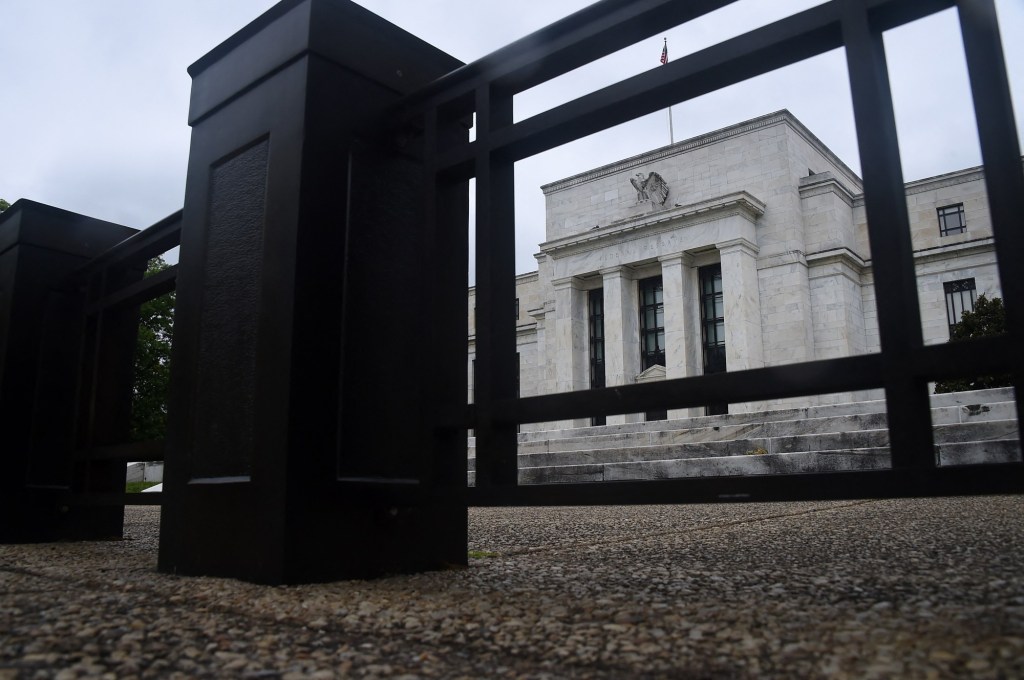By Spencer Tierney | NerdWallet
The investing information provided on this page is for educational purposes only. NerdWallet, Inc. does not offer advisory or brokerage services, nor does it recommend or advise investors to buy or sell particular stocks, securities or other investments.
Rates on savings accounts and certificates of deposit remain higher than they’ve been for most of the past decade. But what exactly impacts the interest rate of your bank account?
Let’s break down a few factors.
A high Fed rate keeps savings rates up
From March 2022 to July 2023, the Federal Reserve steadily increased its federal funds rate, or Fed rate, from nearly zero to around 5%. The 11 rate increases were the Fed’s attempt at curbing high inflation, which has dropped significantly since that March. The Fed rate itself is the one U.S. banks use to borrow money overnight between each other, and a higher rate also means higher borrowing costs.
Banks and credit unions, in turn, take their cue from Fed rate increases to raise their rates on certain loans, savings accounts and certificates of deposit. Banks often fund new loans and investments using deposits, or the money in customers’ bank accounts. Higher savings rates help attract more customers. From March 2022 to May 2024, national average rates rose from 0.06% to 0.45% for savings accounts and 0.15% to 1.80% for one-year CDs, based on a NerdWallet analysis.
In 2024, the economy has improved in terms of inflation and unemployment, and the Fed hasn’t seen the need to lower its rate. The last change to the Fed rate was in July 2023, so the high Fed rate has kept yields for savings accounts and CDs high.
Mike Schenk, chief economist at the association America’s Credit Unions, describes depository institutions being caught in a delicate balance: accepting high funding costs by having high deposit rates while also trying not to lose customers by having lower rates than their competitors.
Online banks compete with higher…
Read the full article here







